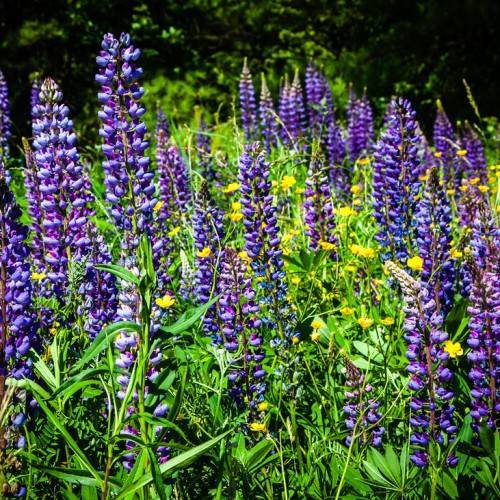
lupine
Lupinus polyphyllus
Cycle:
Perennial
Watering:
Average
Hardiness Zone:
6
Flowers:
Flowers In Spring
Sun:
Full sun, Part sun/part shade
Soil:
Well-drained
Fruits:
Fruits In Summer Ready In Fall
Edible:
Yes
Leaf:
Yes
Growth Rate:
Moderate
Drought Tolerant:
Yes
Salt Tolerant:
Yes
watering
Boxleaf honeysuckle should be watered every 7-10 days, depending on your local climate. If your soil is dry to the touch, then your plant needs a drink. Water your Boxleaf Honeysuckle with a gentle stream set close to the base of the stem making sure to moisten the entire root system. Do not water the leaves, as this can lead to disease. It is also important to avoid over-watering this species, as it is susceptible to root rot. It is best to water in the morning to give the leaves plenty of time to dry out before night.
sunlight
Boxleaf honeysuckle (Lonicera nitida 'Red Tips') is a shrub that prefers full sun to light shade. For optimal growth, this species requires at least 4 to 5 hours of direct sunlight per day. It is also important to note that the plant prefers partial shade during the late afternoon hours; this will help the species avoid sunburn or scorching due to the intense heat. Furthermore, the boxleaf honeysuckle should receive plenty of indirect sunlight for the rest of the daylight hours.
pruning
Boxleaf honeysuckle (Lonicera nitida 'Red Tips') should be pruned twice a year, in late winter or early spring and again in midsummer. During the late winter/early spring pruning session, the plant should be cut back to approximately 1-third of its size. Remove any dead or diseased branches as well as any branches that cross or rub against each other. To maintain a neat, shrub-like form, old stems can be removed completely at this time and the remaining stems can be thinned to open the center. Pruning in midsummer should focus on removal of any dead flowers, spent blooms, or any unruly suckers or rapidly growing branches. Thin out the remaining stems as necessary and prune the tips of those branches that have outgrown the desired size. This pruning should reduce the overall size of the plant and keep it from becoming too large or unshapely.
